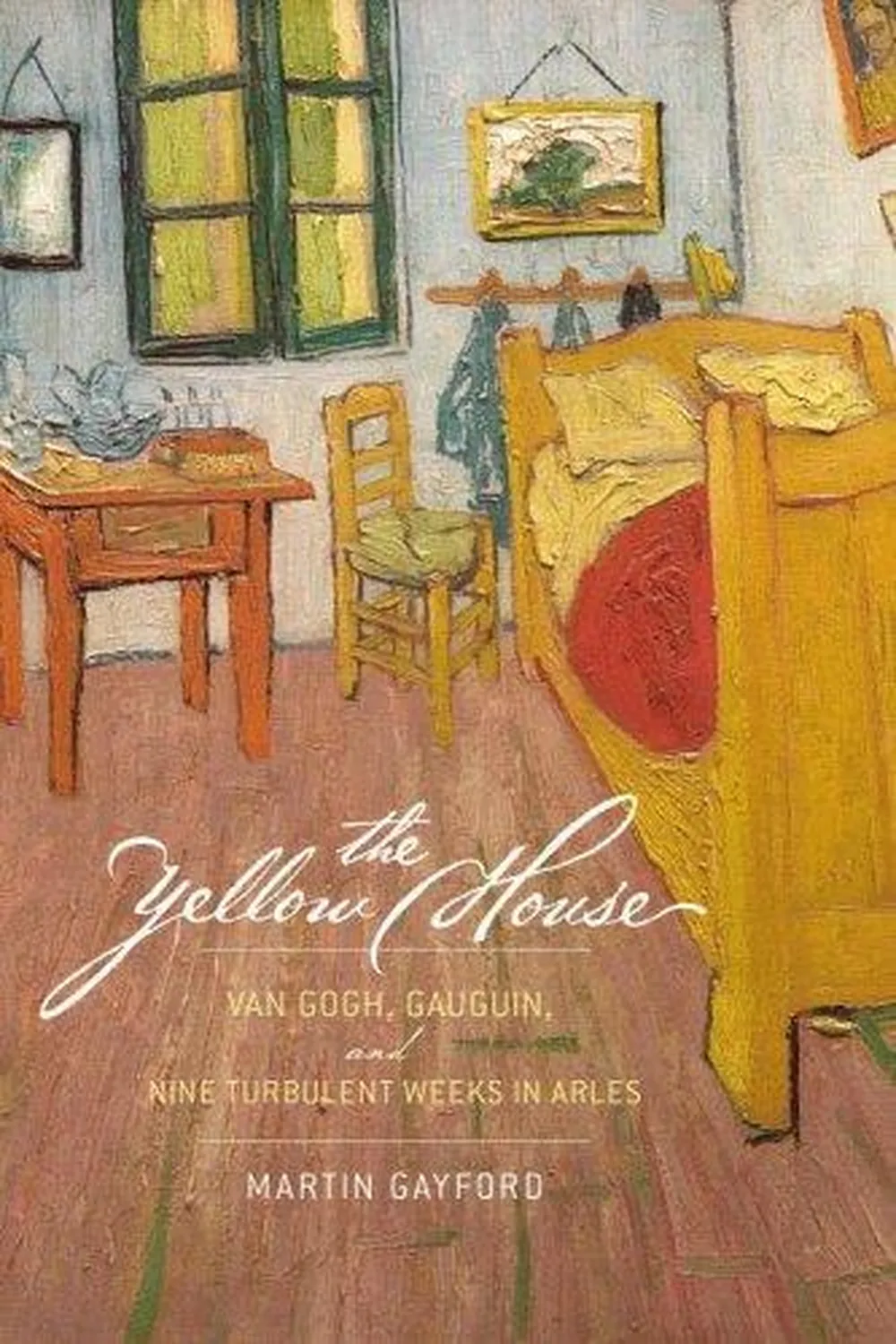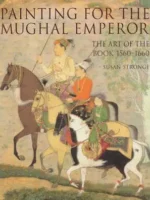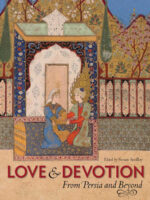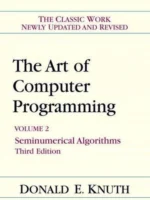The Yellow House Review
The Yellow House by Martin Gayford is a close study of nine weeks in 1888 when Vincent van Gogh and Paul Gauguin lived and worked together in Arles. It reads like a studio log: process, tension, and two clashing visions of modern art.
Overview
Using letters, diaries, and canvases, Gayford reconstructs daily routines, arguments, and breakthroughs. The house becomes a lab for color, symbolism, and speed of execution.
Summary
Van Gogh seeks a community of artists and radical color harmonies. Gauguin pushes symbolism and memory over direct observation. Collaboration sparks masterpieces and conflict that ends with the ear incident and a broken dream of an artists’ colony.
Authors
Martin Gayford writes as an art critic with archival discipline and a steady narrative hand.
Key Themes
Collaboration and rivalry. Color as structure. Memory vs observation. Fragility of ambition when money and health fail.
Strengths and Weaknesses
Strengths: granular chronology, close reading of paintings, humane portrait of both artists. Weaknesses: narrow time window and minimal broader social history.
Target Audience
Readers of art history, painters, curators, and anyone curious about how masterpieces emerge from daily work and friction.
Favorite Ideas
Color experiments as discipline. The house as incubator. Letters as a parallel artwork that explains intent.
Takeaways
Great work can come from contested rooms. Process, dialogue, and constraint shape style as much as talent.









